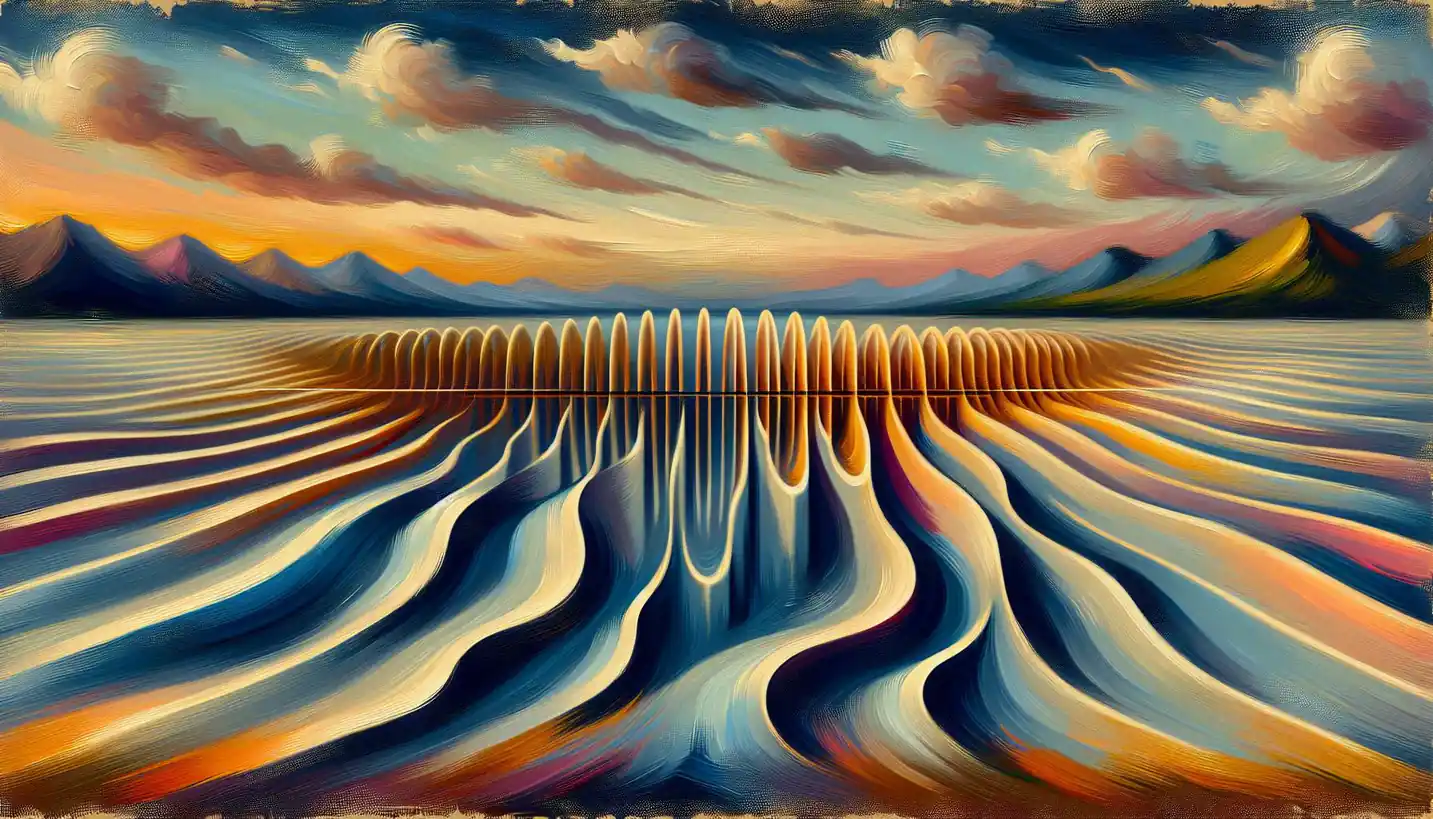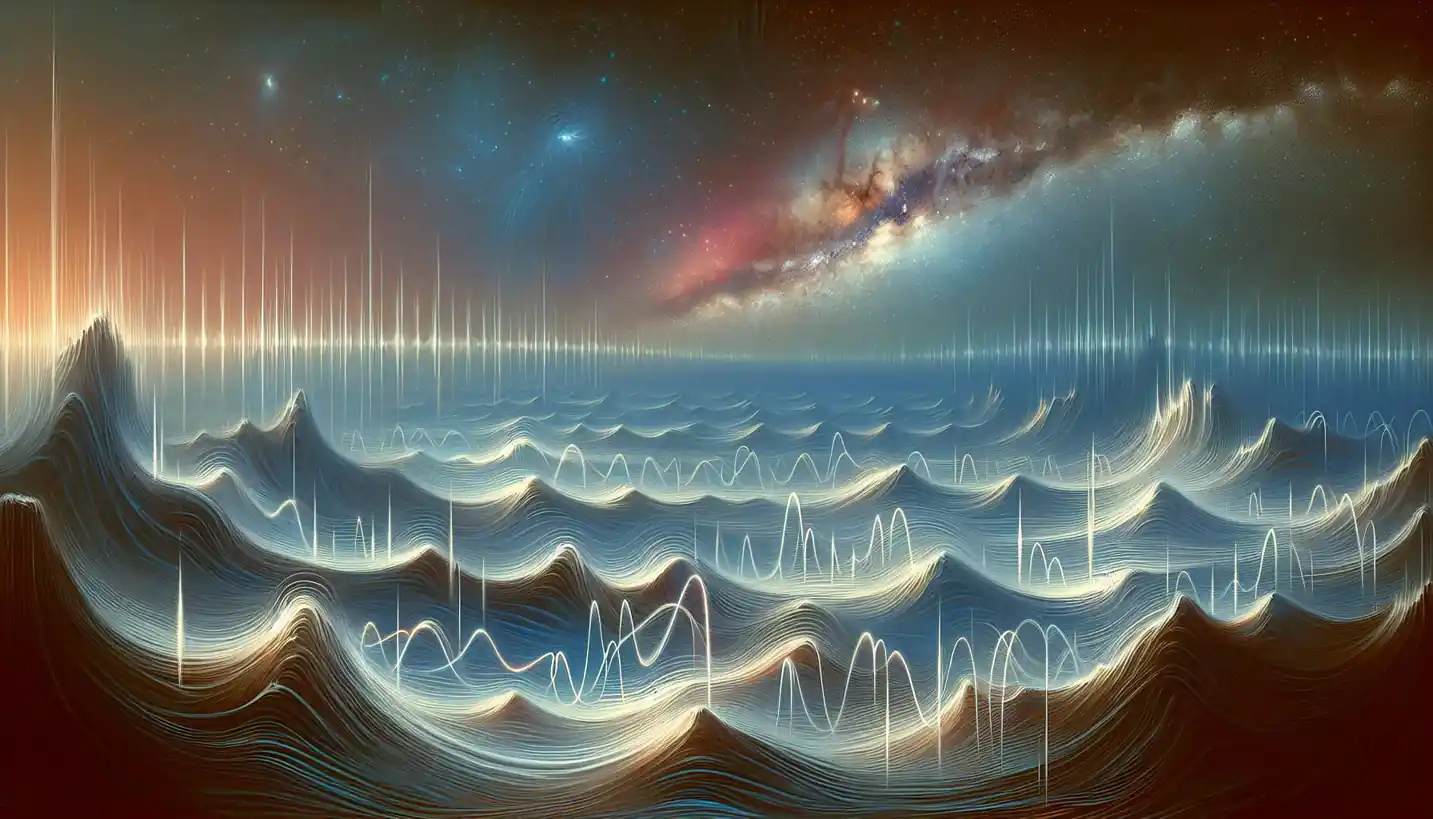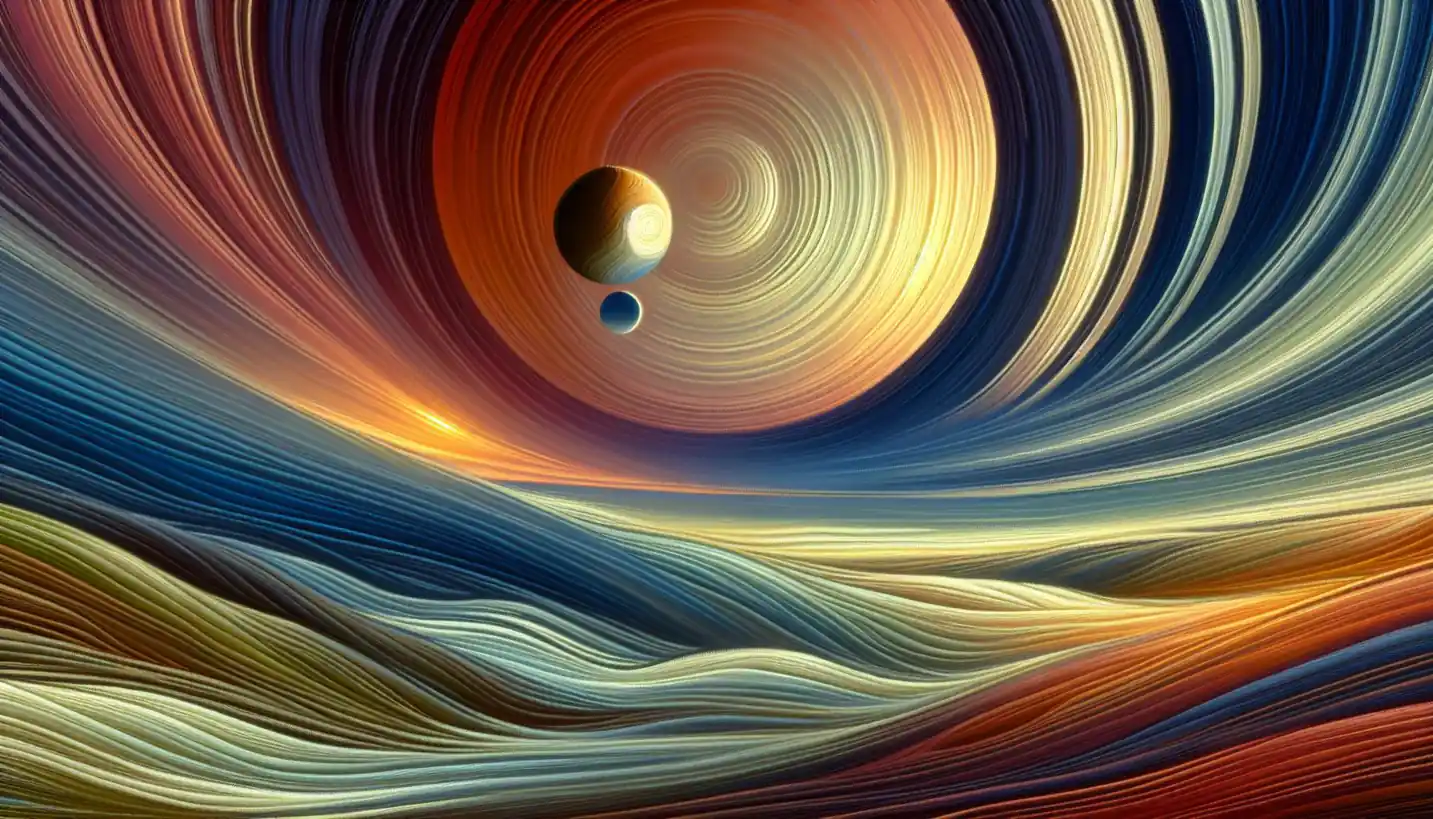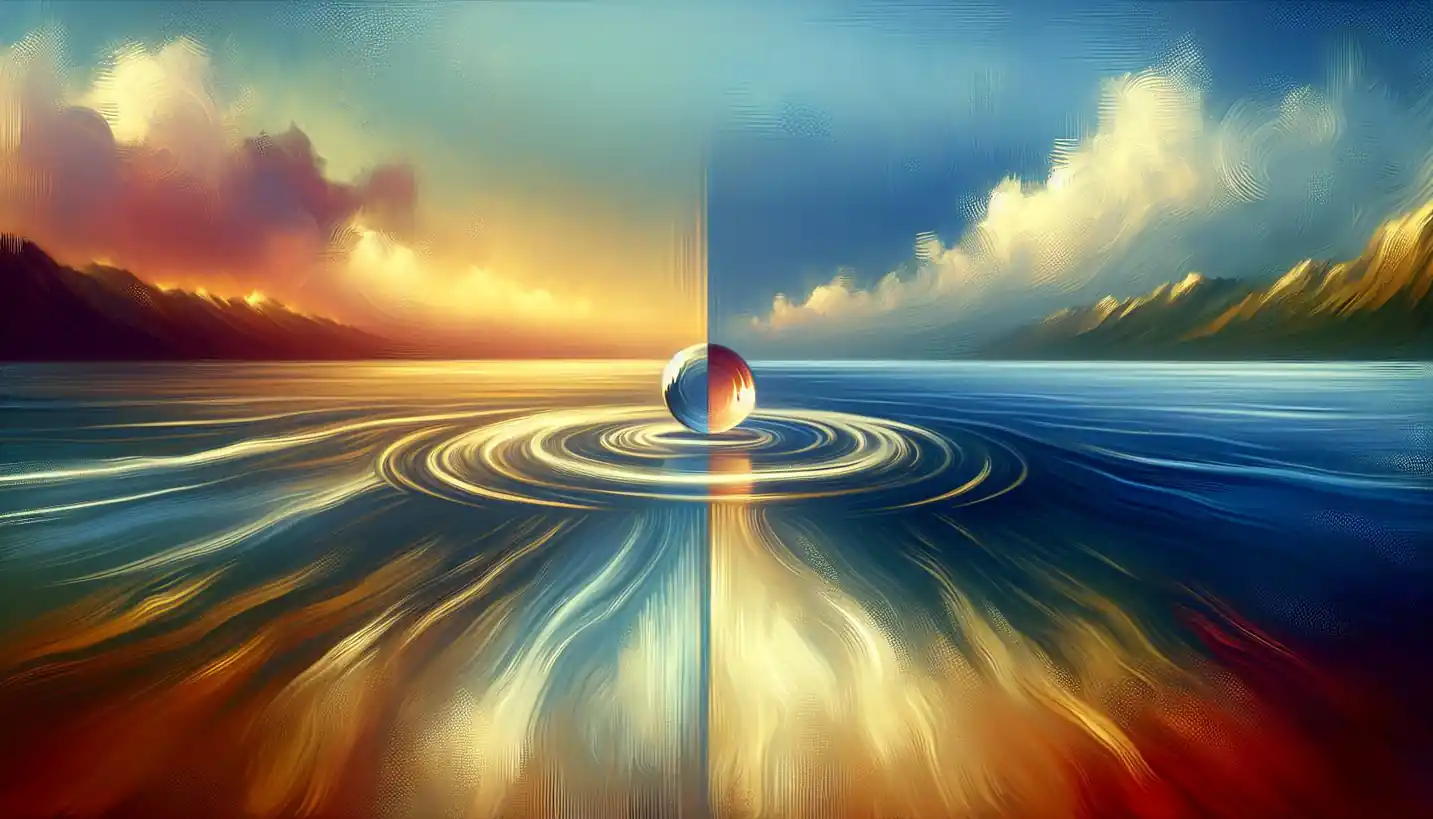· Physics · 4 min read
Tectonic Boundaries: Understanding Earth's Dynamic Dance
Tectonic boundaries illustrate Earth's ever-changing landscapes. Explore how these geological divisions play a significant role in shaping the planet's surface.

Deep beneath our feet, an incredible dance unfolds. This dance, a slow and majestic waltz, happens on a grand stage called Earth’s crust. We’re talking about tectonic boundaries, thick plates that glide, shift, and collide. This journey will explore the intriguing world of these geological wonders.
What Are Tectonic Boundaries?
So, what’s the deal with tectonic boundaries? Picture Earth as a giant, cracked eggshell. The shell pieces are tectonic plates, massive slabs of rock that cover the Earth’s surface. These plates are constantly moving, thanks to the churning currents of molten rock in the mantle beneath. Tectonic boundaries are simply the edges where these plates meet and interact.
Types of Tectonic Boundaries
There are three main types of tectonic boundaries. Each kind has its unique method of interacting, a bit like partners in a dance routine.
Divergent Boundaries
First up, we have divergent boundaries. Imagine two dancers slowly inching away from each other, creating space in between. At these boundaries, tectonic plates move apart, and new crust forms as magma rises from below. This process happens at places like the Mid-Atlantic Ridge, where the Atlantic Ocean is ever-so-slowly widening. It’s like a conveyor belt that keeps adding new sections of ocean floor.
Convergent Boundaries
Next, convergent boundaries come into play. Here, the dancers move closer, often colliding with a dramatic flair. When tectonic plates crash into one another, a few dramatic things can happen. If an oceanic plate meets a continental plate, the denser oceanic plate usually dives beneath the continental plate, creating deep ocean trenches and volcanic activity. When two continental plates collide, they can crumple up like a car in a fender bender, forming towering mountain ranges like the Himalayas.
Transform Boundaries
Finally, let’s look at transform boundaries. Picture two dancers sliding past each other, their shoulders brushing against one another. At these boundaries, plates slide horizontally. The infamous San Andreas Fault in California is a perfect example. This kind of boundary is a hotspot for earthquakes because of the immense pressure that builds up over time.
Why Tectonic Boundaries Matter
Now that we have a grasp of these boundary types, let’s get into why they’re so crucial. Tectonic boundaries are not just fascinating geological features; they also have a massive impact on life above ground.
Shaping the Earth’s Surface
The first thing to note is how tectonic boundaries shape our planet’s landscape. From the highest peaks to the deepest trenches, they are the architects of Earth’s ever-changing surface. Volcanoes, earthquakes, mountain ranges—all are often products of these dynamic boundaries.
Impacts on Human Life
But this dance affects more than just the planet’s surface. It impacts us humans in countless ways. Earthquakes and volcanic eruptions are potent reminders of the power of tectonic movements. Living near tectonic boundaries requires understanding and strategies to mitigate these natural phenomena’s risks. Earthquake-resistant buildings and early-warning systems are just some of the ways technology helps us coexist with these powerful forces.
The Science Behind It
Behind this giant dance is a scientific marvel known as plate tectonics. It’s the theory explaining how and why these plates move. This theory wasn’t accepted until the mid-20th century, primarily due to the groundbreaking work of scientists like Alfred Wegener, who proposed the idea of continental drift in the early 1900s. Initially, his ideas faced skepticism because the mechanism responsible for the movement wasn’t understood. But as technology advanced, evidence accumulated, painting a clearer picture of this dynamic planetary choreography.
The Engine of Plate Tectonics
Think of the mantle, Earth’s semi-fluid layer beneath the plates, as a pot of boiling soup. The heat from the core creates convection currents, similar to how hot soup bubbles up and cooler soup sinks down. These convection currents push and pull the plates, causing the movement we observe. Understanding these processes helps scientists predict geological events and better grasp Earth’s geological history.
Tectonic Boundaries and Earth’s Future
Looking ahead, tectonic boundaries continue to shape Earth’s future. Continents will drift, oceans will open and close, and mountains will rise and fall. This dynamic system is nature’s way of recycling Earth’s crust and maintaining its surface.
Climate Connection
Interestingly, tectonic activity even influences the climate. Over millions of years, the movement of continents can alter ocean currents and atmospheric conditions, leading to changes in climate and biodiversity. It’s a complex interplay that reminds us how interconnected our planet’s systems truly are.
Conclusion
As we peel back layers of Earth’s geological dance, it’s clear that tectonic boundaries are more than just lines on a map. They tell stories of incredible resistance and transformation. By understanding these extraordinary geological features, we can appreciate the dynamic planet we call home and prepare for the challenges it may present. So next time you feel the ground beneath your feet, think about the ancient waltz happening far below and the incredible forces forever shaping our world.



